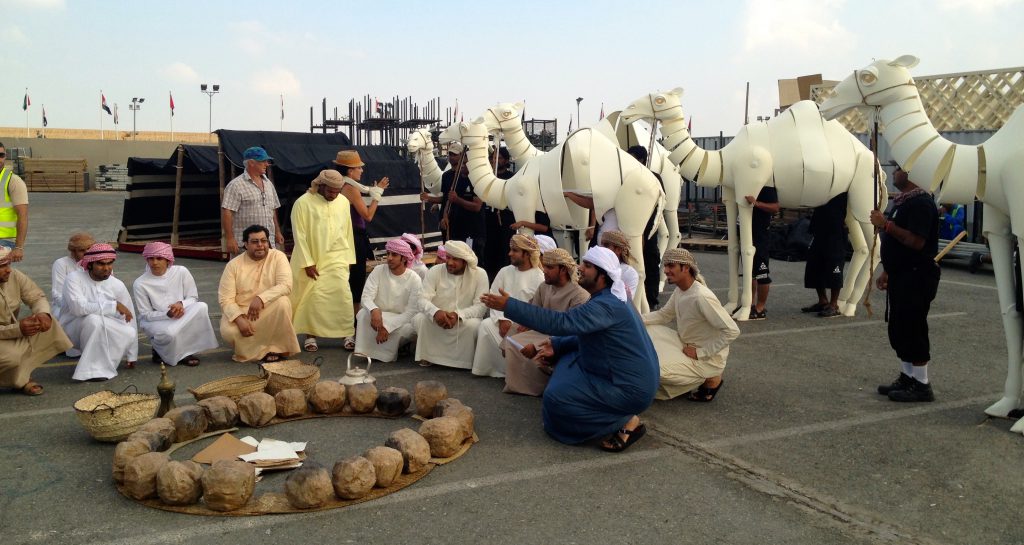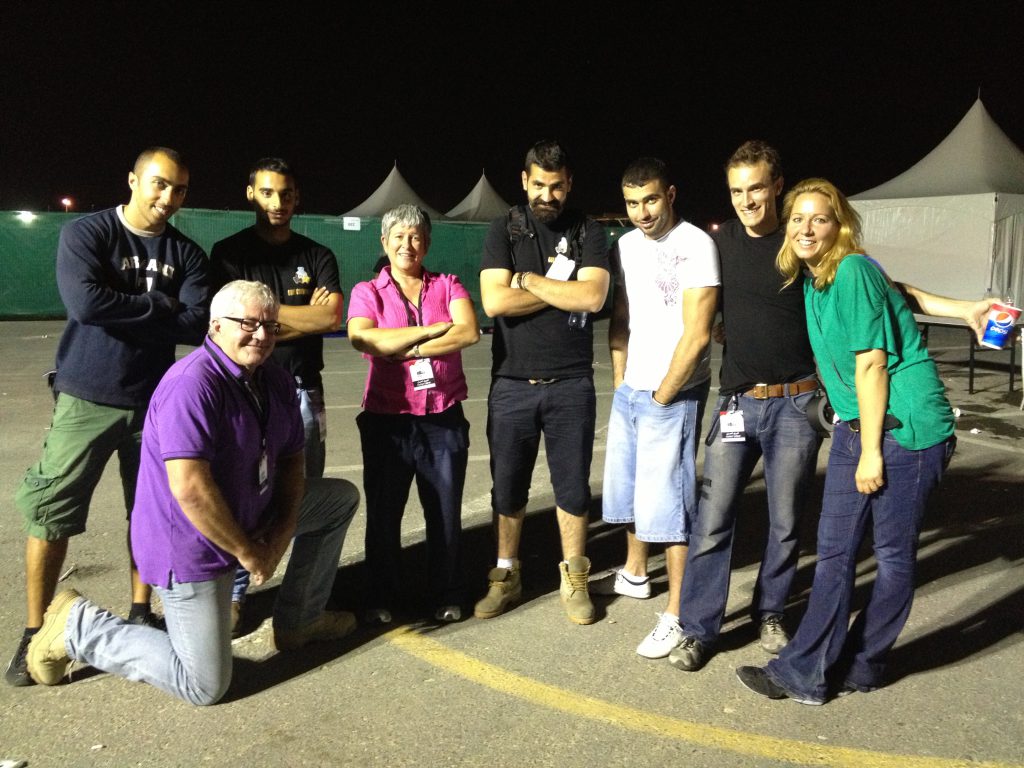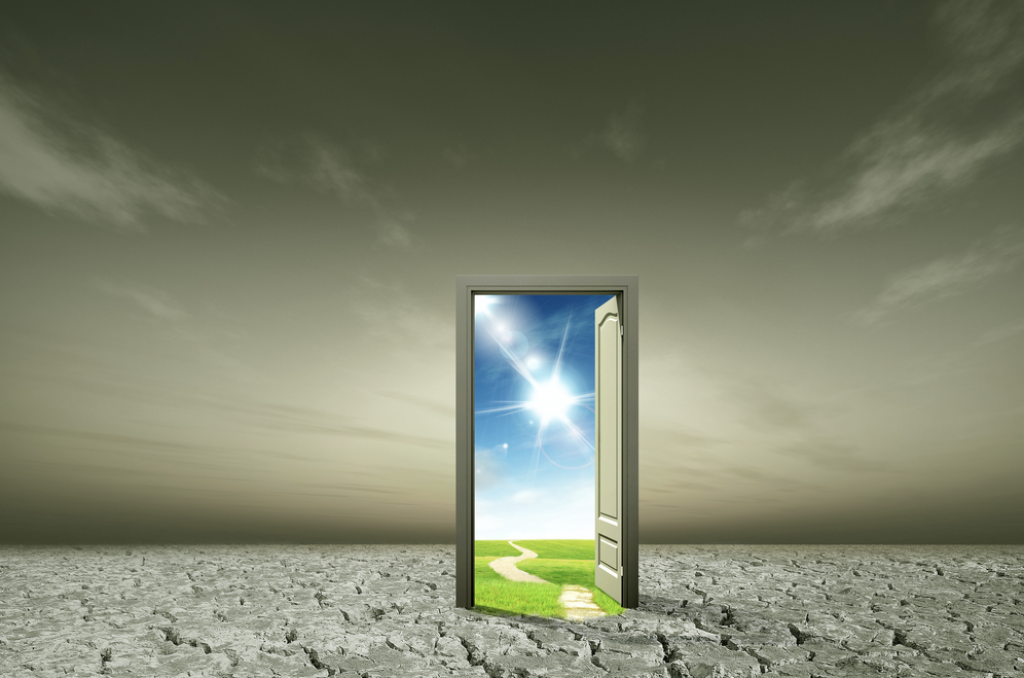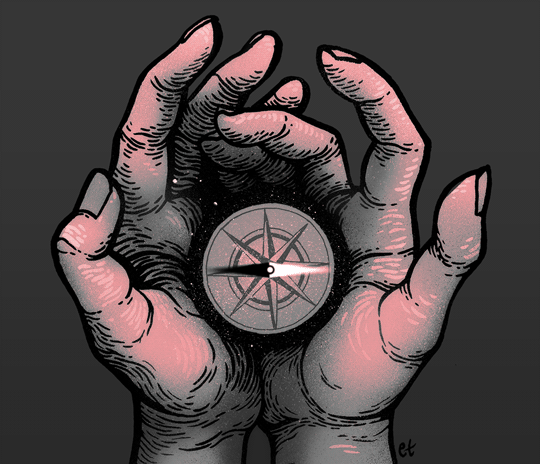A hundred years ago, a student, I spent my sophomore year in Pavia, Italy; a quiet-ish town just 20 miles south of Milano. Possessed of the requisite number of churches, a cathedral, a central town square, covered bridge over the Ticino River and most of the streets paved in stone; Pavia was, for me, the perfect combination of town and village to host the perfect, first-time, expatriate experience.

The University of Pavia – one of the oldest Universities in the world (pre 825AD) – can name among alumni Christopher Colombus, Camillo Golgi, Antonio Scarpa, multiple Nobel Prize winners and famous names from philosophy, law and medicine…
…none of them related to me.
Effectively my first Fully Immersive Experience, I lived in Collegio Fraccaro; one of two Americans among about two-hundred medical students, few of whom spoke English. This, alone, helped to transform the learning of Italian from academic to survival.
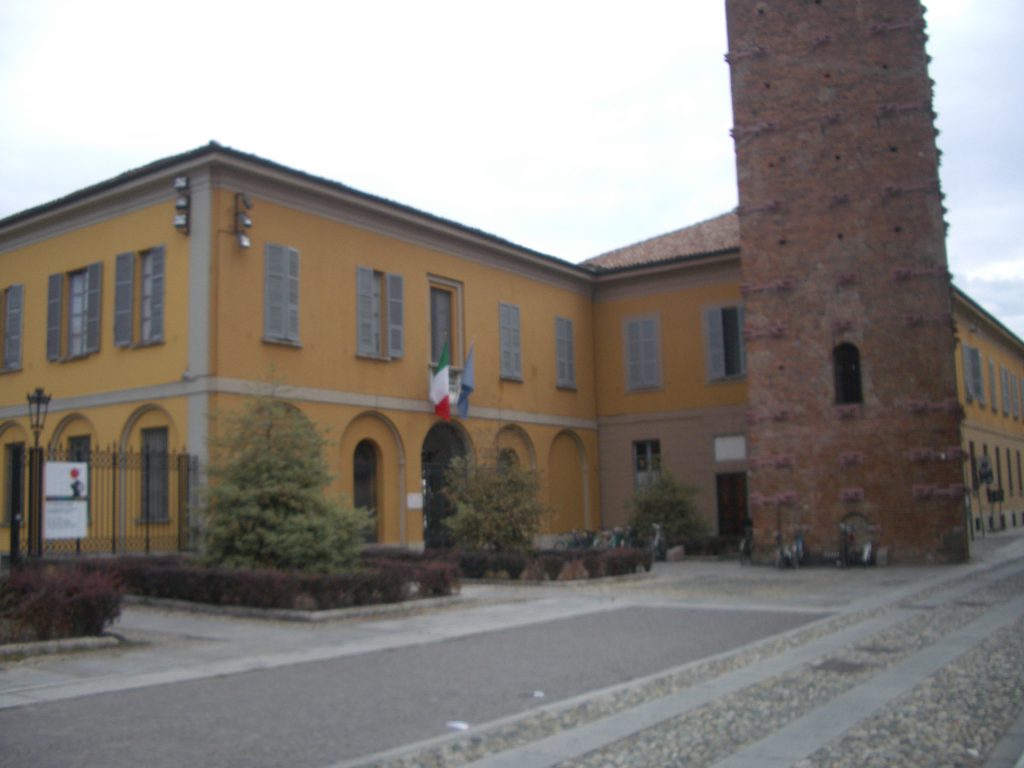
It was a wonderful year, and has remained vivid ever since. I swam with and helped coach the city swim team, hitchhiked all over Northern Italy, Switzerland and Austria on weekends, went to the annual Sagra (Festival) in scores of nearby local towns and villages as each celebrated their Thing of Most Pride (usually edible: no problem) and met and talked with hundreds of locals as I became more proficient in the lingua.
Through the winter, I had dinner twice a month with a local businessman and his family. We’d met through the proprietress of my favorite café…I suppose she was my “dealer,” as that place was the birthplace of my lifelong addiction to espresso and strong coffee.
The deal was, at these dinners, I was to speak only Italian and he would speak only English – other than when we needed to correct one another. This was for him and his wife, but also for his kids – to give ‘em a head start on learning English. That, and it sure didn’t hurt me. The food was great and conversations would inevitably wax more complex as the evening progressed and the level of proficiency increased.
But one such night stands out among them all: the night in February when I mentioned that in a few weeks, I was going to see Venice for the first time…
“Ahh, Venezia!” he sang, “Il cuore d’Italia!” <The heart of Italy>
And with that, the English lesson was over as his passion took flight…
All appassionato, his hands conducting an unseen orchestra, he began instructing me on how to approach and see Venice for the first time…
“Senti!”
- <Listen!>
“Quando arrivi a Venezia, non vai subito a Piazza San Marco!”
- <Do not go immediately to Piazza San Marco!>
“No. Stay away from Venice proper ’til early morning. Then, before the sun rises, take the vaporetto to the far side of the island – NOT to Piazza San Marco. “
“Walk the vicoli <alleyways>, perditi come tu vaghi <lose yourself as you wander> … Ascoltare alla cittá <listen to the city>…”
“Wander…”
“Keep wandering. See the city awaken. Observe. Immerse (I don’t know that he actually said “Immerse,” but that was the concept). You will forget where you are…and then…”
(Dramatic pause. He looked me directly in the eye.)
“Suddenly…you will discover Piazza San Marco!”
“And then…you will understand Venezia…and then…you will understand Italia…”
…and he rested his hands on his stomach as he leaned back against his chair.
—————————————
So, that’s what I did.
—————————————

Arriving late the night before, I was just in time to check-in to the youth hostel on the island of Giudecca…coincidentally almost directly across the water from Piazza San Marco; I could see the towers and dome of the Basilica from my room; but the lower levels were obscured by buildings between us.
In the dark of the next morning, refusing to look across the water, I boarded the vaporetto counter-clockwise, traveled to the far side of the Castello district, alighted at Ospedale and began to wander.
By now, the sky was grey and I could hear activity in the windows I passed. Once one has ventured just a few steps from the ocean, one finds oneself in the narrowest of passageways without view of any sort of landmark, as the vicoli can be as narrow as three feet with walls several stories high. If one doesn’t know, there is no way TO know where one is in relation to anything else.
Fortunately, one knows one is surrounded by water; so, at some point there will come an edge. Thus, onward.
Tiny, compressed, all the passageways are only wide enough for people with small carts; every inch of Venice is valuable and there is no wasted space. I could hear the chiacchierare of morning television, the clang of pots on stoves, the clatter of dishes on tables and mothers calling for the ragazzi to get themselves down to breakfast.
Tiny bridges over tiny canals barely wider than a Gondola. Gondoliers, calling to one another as they wipe down their barche and begin navigating toward the Grand Canal and the morning fares…
In tiny, interior plazas, fishermen were piling high their catches of moments ago onto tabletops, hosing down the pave stones to be ready to sell lunch and dinner to the shopping mothers, once their kids have headed for school.
Up high, the sky is blue, though one only sees a sliver…even passing through the morning marketplaces, the view is still high above, one can only see what’s adjacent; no distance, no landmarks.
But that limitation went completely unrealized, as I was immersed in activity and detail all around me…and navigating through it. Objectively, I knew I was heading in the general direction of Piazza San Marco, though I really wasn’t thinking about it; so much was going on around me.
I came upon a fountain. Into the base were carved little bowls into which slender streams of water were fed as part of the runoff. At that moment, one of them was functioning as a birdbath, wherein a couple of piccioni (sounds more romantic than “pigeons”) were taking their morning ablutions.
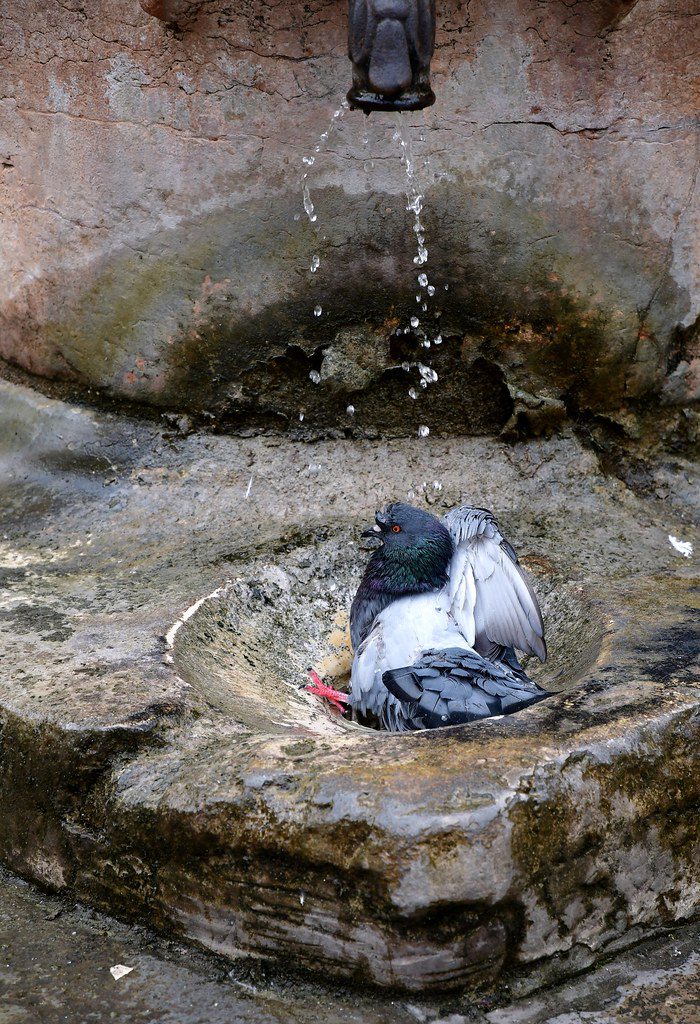
I bent over to get a photograph (with an actual Nikon camera – that’s how long ago this was) and, as I stood up and looked across the fountain…
There it was!
Piazza San Marco.
Breathtaking; the vastness of the Piazza was magnificent. The effect of encountering so much unencumbered space, being able to see the sunshine sparkling on the waterway to the left, warming the rooftops above the surrounding colonnade, shining bright on buildings far away and brightening the white stones of the plaza to alabaster; then turning and seeing the brilliant façade of the Basilica…
It stopped me completely. I don’t know that I’d ever before been moved by architecture; but my eyes were wet and my throat hurt as I immediately appreciated the investment in the ethereal that had been made in the creation of this space.
Had I gone directly to the Piazza, I know I would still have been impressed. It is beautiful. It’s really not so big: as piazze go, it’s not spectacular. In its Venetian context, though, it is virtually unsurpassed in grandeur, in eloquence, in transcendence.
I don’t know that I understand Italy, or Venice, but I certainly discovered and embraced something I felt at that moment that can only be appreciated by walking through it. It is a moment and an experience I shall never forget… March, 1972.
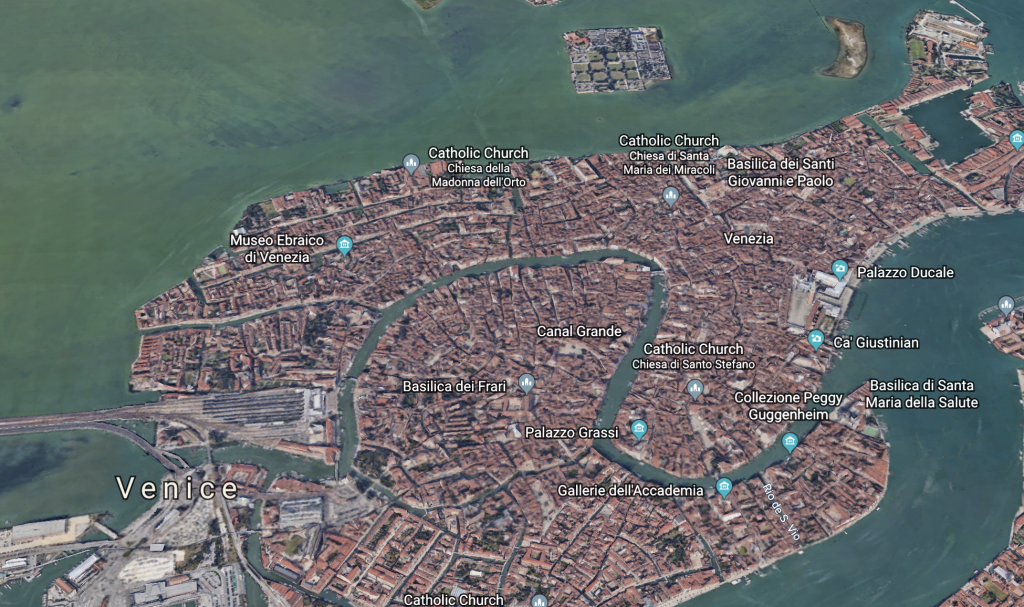
—————————————
It wasn’t until years later that I realized the opportunity to use that morning in Italia to enhance audience experience.
Introducing an audience into a space – even and often more effectively into a space with which they are presumptively familiar – through a distracting, engaging and perhaps somewhat confining pathway – by way of what I call “The Venice Effect” (though I’m sure there’s a loftier, industry term for it) has never failed to engage even the most jaded even at some subliminal level.
Offering people a new perspective on what might be considered familiar is an unexpected gift that can affect how we might experience other things to which we may have become familiar; offering the opportunity to see through fresh lenses, removing preconception, actually making the old, new.
I wonder if we might be able to find a way, within each of ourselves, to do this with other people; to refresh our vision and brush away years of familiarity to see how those around whom we have spent so much time may have grown or evolved since we first met. To hold close the love and fondness that may have grown between friends and colleagues over the years while seeing the new person right before our eyes…and to be seen, each of us, for whom we have become as we’ve been so busy Being.
There’s no App for that!
IMHO.
—————————————
Popular throughout the Milky Way and Andromeda Galaxies,
“IMHO : Creating Compelling Experience”
remains a free download from the Apple bookstore and iTunes.
Seriously: Free.
Read it. [Link to iBooks site ]


